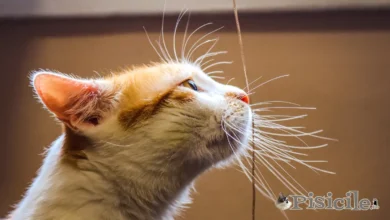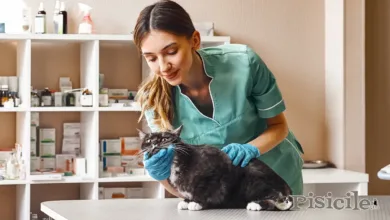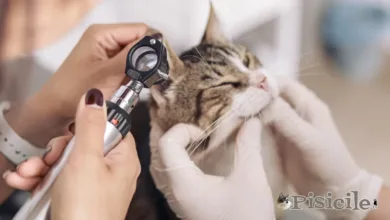
The cat sneezes for various reasons, just like humans. Sneezing in cats can be caused by allergies, respiratory infections, nasal obstructions, or even irritation from dust or chemicals. Sneezing is usually a minor symptom and nothing to worry about. However, if the cat exhibits other severe symptoms, such as a heavy nasal discharge, persistent cough, difficulty breathing, or refusal to eat, it would be advisable to consult a veterinarian for proper evaluation and treatment.
Let's see in a little more detail why the cat sneezes and what we can do to help it.
Subject
What causes the cat to sneeze?
As we said before, cats sneeze for various reasons, and simple sneezing without the appearance of secretions can be caused by mechanical factors or allergens. Mechanical factors include dust, pollen, cigarette smoke or exhaust fumes. The air pollution. Strong smells, such as strong perfumes or detergents, can also trigger excessive sneezing in cats. Usually, sneezing caused by these irritants goes away once they are removed.
Sneezing accompanied by a reduced appetite can indicate a mouth infection, NOSE or Toothpaste. For cats living in the yard, irritants such as plants, worms, insects or soil particles can irritate the nasal mucosa, and sneezing helps clear the nose and at preventing foreign bodies from entering the respiratory system. In some cases, foreign bodies cannot be removed by sneezing, and the cat may need veterinary assistance to remove them.
Sneezing accompanied by secretions, especially liquid and watery ones, can indicate a respiratory tract condition, such as a cold. Other associated symptoms may include weakness, listlessness, decreased appetite or cough. Abundant, viscous and dark secretions are a sign of concern and require veterinary consultation. These can indicate a strong infection, and rhinitis, in particular, can be dangerous and should be treated promptly. Untreated, rhinitis can lead to serious lung, eye, skin and even life-threatening conditions for your cat.
For cats that live indoors, sneezing can be caused by the accumulation of dust under furniture or in carpets. It is important to maintain proper hygiene in these areas to reduce exposure to irritants and prevent frequent sneezing.
In conclusion, sneezing in cats can have various causes and can be a minor symptom or a sign of a more serious condition. It is important to note other associated symptoms and act accordingly, seeking veterinary help when necessary to ensure the well-being and health of our beloved cat.
How can we help the cat when it starts sneezing?
For cats that live in the yard, a temporary solution is to move them indoors until the sneezing symptoms disappear. This will provide them with a safer environment and protect them from external irritants.
If you notice that your cat sneezes frequently, it is important to identify the circumstances that trigger this. Reduce exposure to strong odors, rinse floors thoroughly after using cleaning solutions and avoid exposure to chemicals. Also, limit the time your cat spends in polluted air and avoid smoking in her presence, as this can reduce the risk of respiratory ailments and even cancer.
When the cat sneezes and has secretions, do not delay the application of appropriate treatment. Provide him with a warm environment and offer him meals at room temperature, avoiding cold foods in the refrigerator. Quiet and rest will help her heal. If the symptoms persist or worsen within 24 hours, it is necessary to consult the veterinarian, who will recommend the appropriate treatment. If it seems that the cat is suffering from a cold, you can try to measure its rectal temperature with a thermometer, very carefully. If the temperature exceeds the normal level (about 40 degrees Celsius), it is important to consult a veterinarian urgently.
If the cat has not previously had episodes of sneezing and suddenly begins to sneeze frequently, this may be a warning sign that something has changed in the environment or in its health. There are many environmental factors that can cause sneezing in indoor cats.



